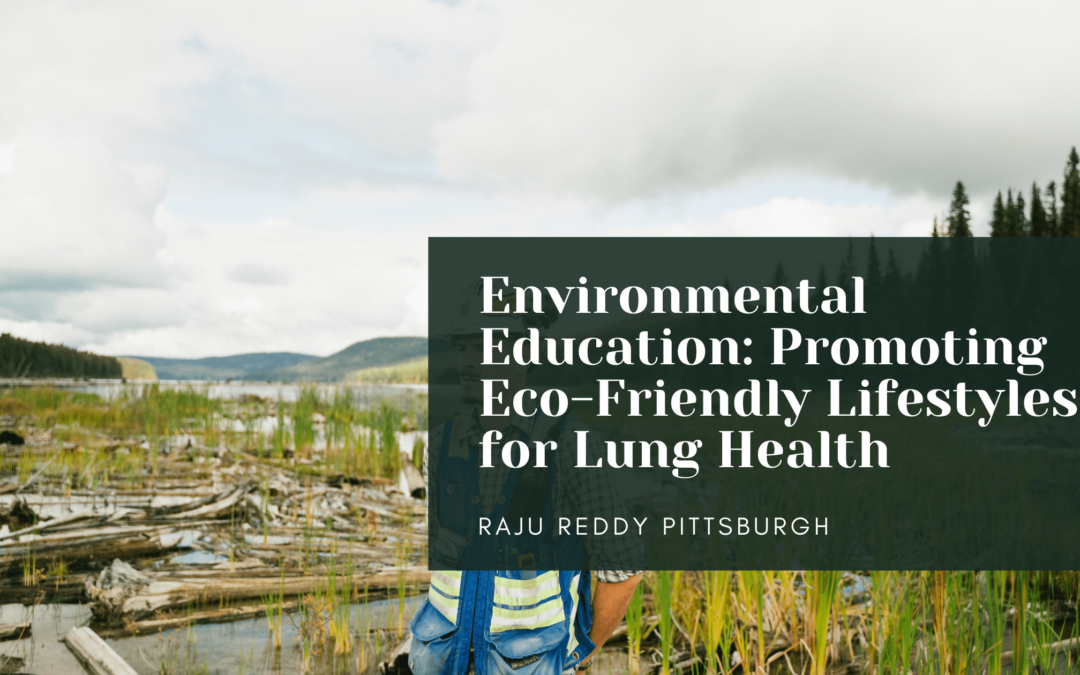As the world grapples with environmental challenges, the impact of our surroundings on respiratory health cannot be ignored. Here is the significance of environmental education in promoting eco-friendly lifestyles for lung health. It explores the interconnectedness of the environment and respiratory well-being, offering insights and strategies supported by credible sources.
The Link Between the Environment and Lung Health:
Air Quality and Respiratory Health:
Environmental factors, particularly air quality, are pivotal in respiratory health. Poor air quality, often exacerbated by pollutants and industrial emissions, can contribute to developing and exacerbating respiratory conditions.
Climate Change and Allergen Exposure:
Climate change is altering environmental conditions, impacting allergen distribution and respiratory health. Rising temperatures and changes in pollen patterns, for example, contribute to an increased prevalence of respiratory allergies and asthma.
Integrating Environmental Education for Lung Health:
Understanding Sources of Air Pollution:
Environmental education programs should educate individuals on the sources of air pollution, including vehicular emissions, industrial processes, and the burning of fossil fuels. Understanding these sources empowers individuals to make informed choices contributing to cleaner air.
Promoting Sustainable Transportation:
Encouraging eco-friendly modes of transportation, such as walking, cycling, or using public transit, reduces air pollution and promotes lung health. Environmental education should emphasize the benefits of sustainable commuting options.
Sustainable Practices for Respiratory Well-Being:
Reducing Household Air Pollution:
Educating individuals on indoor air quality is crucial for respiratory health. Promoting proper ventilation, using air purifiers, and reducing indoor pollutants can improve indoor air.
Conserving Green Spaces:
Access to green spaces has been connected to improved respiratory health. Environmental education should highlight the importance of preserving and creating green areas within communities for recreational activities and better air quality.
Advocacy and Community Engagement:
Participating in Environmental Initiatives:
Encouraging individuals to actively participate in environmental initiatives, such as tree planting, beach clean-ups, and community gardens, fosters a sense of environmental responsibility. These activities contribute to cleaner air and, subsequently, better lung health.
Supporting Clean Energy Transition:
Advocating for and supporting the transition to clean energy sources is essential for environmental sustainability and respiratory health. Environmental education should emphasize the benefits of renewable energy alternatives to reduce reliance on fossil fuels.
Conclusion:
Environmental education is crucial in fostering eco-friendly lifestyles that positively impact respiratory health. By understanding the link between the environment and lung health, individuals can make informed choices that contributing to cleaner air and a sustainable future. From reducing air pollution at home to advocating for green initiatives, embracing an environmentally conscious lifestyle is fresh air for our lungs and the planet.


